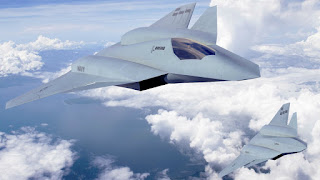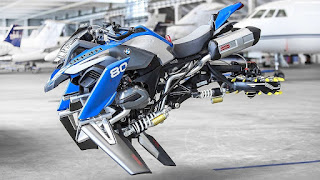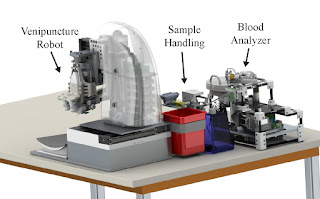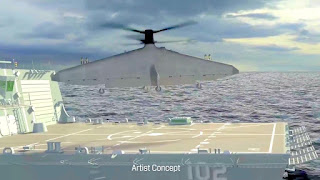Artificial Blood

Artificial Red Blood Cells - Washington University School of Medicine Innovation Life Saver From artificial hearts to prosthetic limbs, we've managed to replace many parts of the human body. But blood seemed beyond our reach. Now at Washington University School of Medicine in St. Louis, Allan Doctor, MD is developing artificial red blood cells. They will serve as a blood substitute and bridging therapy that might keep severely injured people alive until they get to a hospital. Trauma Trauma is the leading cause of death in the US for those under 46 years old. About 30,000 of those deaths could be prevented in those patients with severe bleeding from trauma. Nanotech Blood The Washington University research team is developing a freeze-dried, powdered blood substitute. It's called ErythroMer and it's comprised of nano-scale, synthetic red blood cells that can deliver oxygen throughout the body. Time and Life Saving Medical Innovation Fresh blood b
































